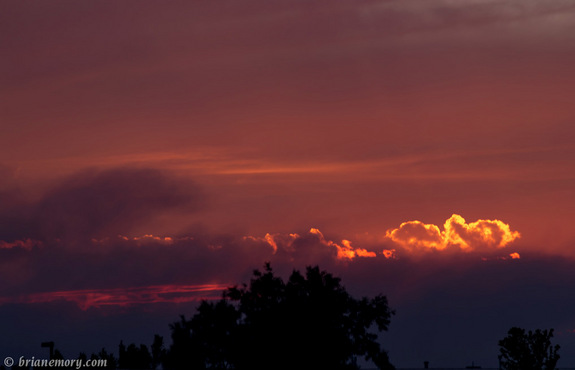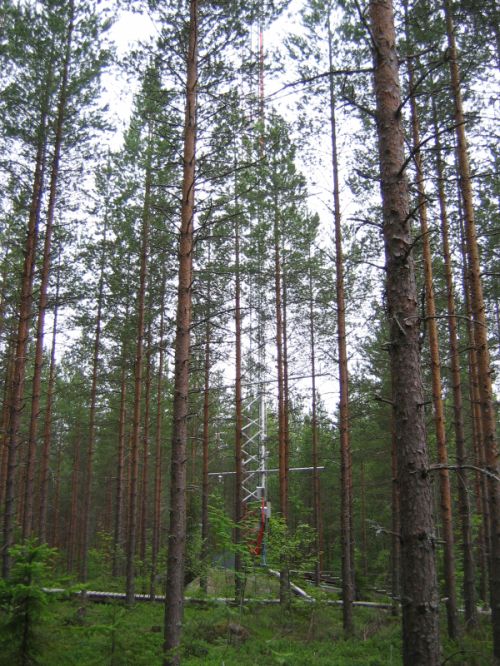
Mysterious Birth of Common Pollutants Revealed

The chaotic steps that give rise to microscopic particles in the atmosphere called aerosols were witnessed for the first time in a verdant forest in Finland, an important step in understanding how the particles affect Earth's climate.
Aerosols are solid and liquid droplets tiny enough to float in the air. They can come from soot, dust and chemicals from cars, factories and farming, or natural sources like deserts, sea spray and plants. The particles are a major pollution source, and can affect human health.
How aerosols form, and their role in climate, remains poorly understood, but scientists would like to know more so they can better understand the implications for future climate change. Aerosols seed cloud formation and can reflect the sun's heat, cooling the Earth, said Markku Kulmala, an aerosol physicist at the University of Helsinki in Finland and lead author of the study of aerosol formation. The study is detailed in today's (Feb. 21) issue of the journal Science.
In the Hyytiälä forest in Finland, set aside decades ago to monitor nuclear fallout from the 1986 Chernobyl disaster, Kulmala and his colleagues built the world's most sensitive aerosol-particle detector. The instrument helped them watch the smallest aerosol precursors in the atmosphere, which had never been seen before.
How aerosols form
The instrument saw that as gas molecules of sulfuric acid smashed together with organic molecules, they formed incredibly small clusters, less than two nanometers in diameter. Lined up side-by-side, about 25,000 of these clusters would still be smaller than the width of a human hair.
The neutrally charged clusters grew slowly at first, until they reached a critical size (about 3 nanometers), the study found. Then, in a burst of activity, the neutral clusters quickly added a heavy coat of organic molecules. "What is most exciting is that the growth of small clusters [is] size-dependent," Kulmala told OurAmazingPlanet in an email interview. "This means that the formation of new aerosol particles is limited by the vapors participating on the growth of 1.5- to 3-nanometer particles."
Sign up for the Live Science daily newsletter now
Get the world’s most fascinating discoveries delivered straight to your inbox.
Understanding the buildup of clusters, and how they grow, is key to predicting aerosol formation and their effect on climate. "The importance of neutral clusters and their growth has significant effect on [the] global aerosol load, and also to global cloud droplet concentrations," Kulmala said.
Impacts on climate
The study site is boreal forest, which covers about 8 percent of the planet's northern latitudes and is expected to expand with global warming. [Top 10 Surprising Results of Global Warming]

The aerosol-forming processes in the planet's tropical forests and urban regions may be different. "We still have to see if the results can be generalized to other places," said atmospheric chemist Meinrat Andrae of the Max Planck Institute for Chemistry in Germany, who was not involved in the study.
Andrae also cautioned that the small particles analyzed in the study must grow bigger before they can affect health or climate. "The particles that are formed at this step (a few nanometers in size) are still a long way away from the size range where they have climate or health relevance," he told OurAmazingPlanet in an email interview.
Reach Becky Oskin at boskin@techmedianetwork.com. Follow her on Twitter @beckyoskin. Follow OurAmazingPlanet on Twitter @OAPlanet. We're also on Facebook and Google+.










